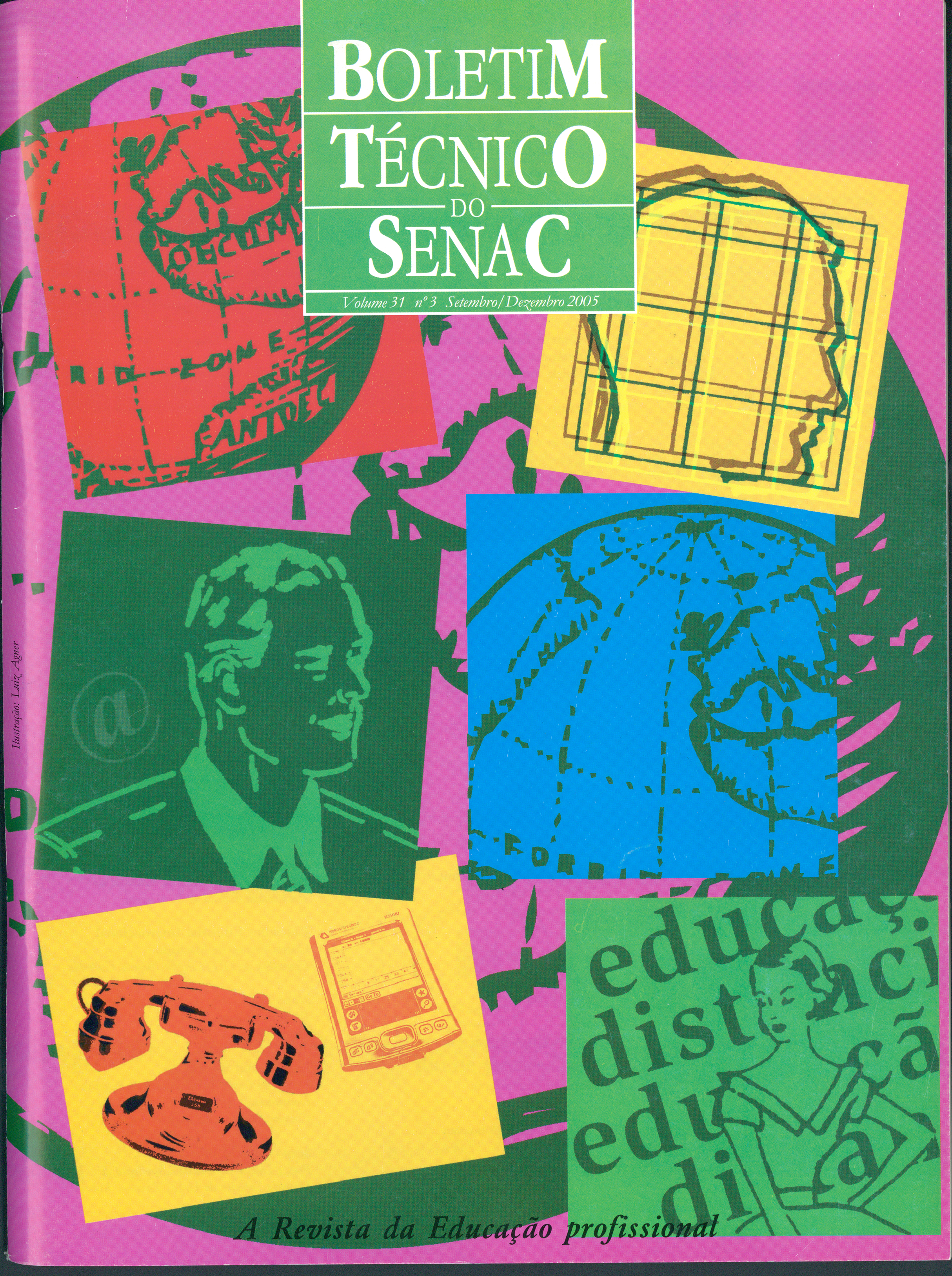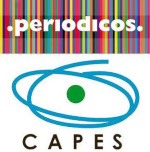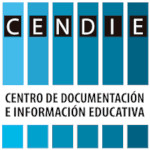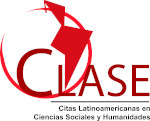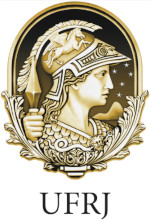Desenvolvimento de Cursos Baseados na Web: Uma Proposta Metodológica
Keywords:
Learning Objects, Educational Activity, Course, Web, Teaching MethodsAbstract
Educators’ interest in the web is growing fast because of the advantages offered, such as faster distribution, access to a large audience, and quick update of published material. However, there is a challenge posed to us: to develop web-based courses that meet the new educational paradigms with reasonable production costs. The purpose of this article is to suggest a process to create web-based courses that would meet this challenge. Initially, it presents a brief background and a summary of categories, and emphases in the use of web for educational activities. The article then approaches the concepts of didactical situations and learning objects as ways of organizing the development of webbased courses. Finally, the article discusses a manner of structuring the course creation process, including a proposal for a development team based on the authors’ experiences.
Downloads
Downloads
Published
How to Cite
Issue
Section
License
Commitment to the Provision of Creative Commons Licensing
The Senac Journal of Education and Work is per the BY NC license, free of charge and with no commercial purpose.
In submitting their work for evaluation, the authors undertake to make their work available through the Creative Commons-BY NC license at the website <https://br.creativecommons.org>, thus dispensing with the need for signing any other document or contract with Senac to regulate the availability of their works in the Senac Journal of Education and Work.
The author (s) further declare that they recognize the Senac Journal of Education and Work as an open access journal, whose Policies and Authors Guidelines are available to know on its official website, namely - www.bts .senac.br - and that they can be modified at any time, and immediately any new condition published online.
The names and addresses informed in this journal will be used exclusively for the services provided by this publication and are not available for other purposes or to third parties.

